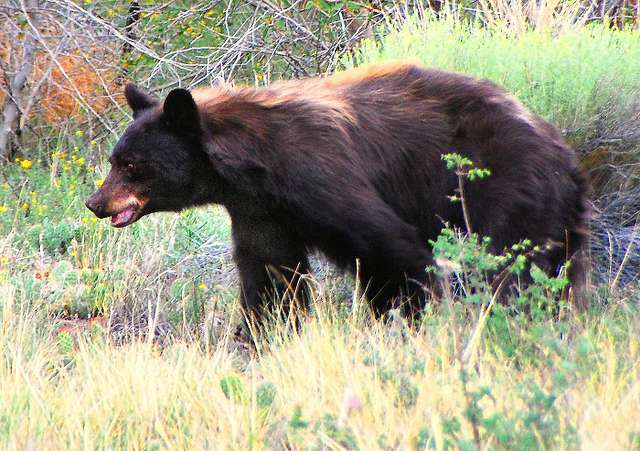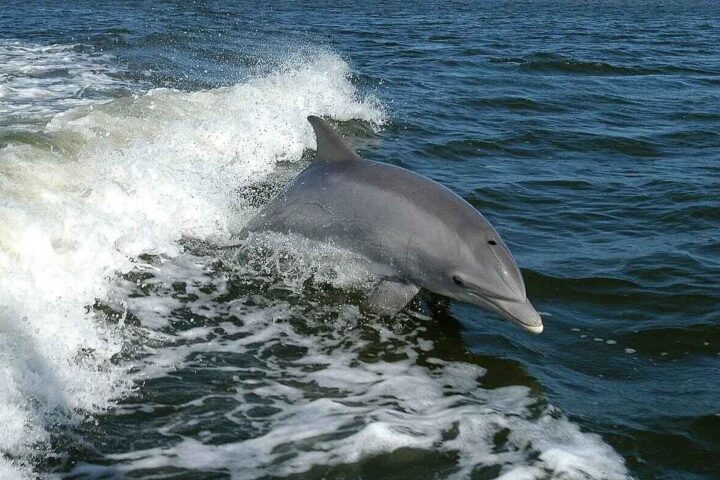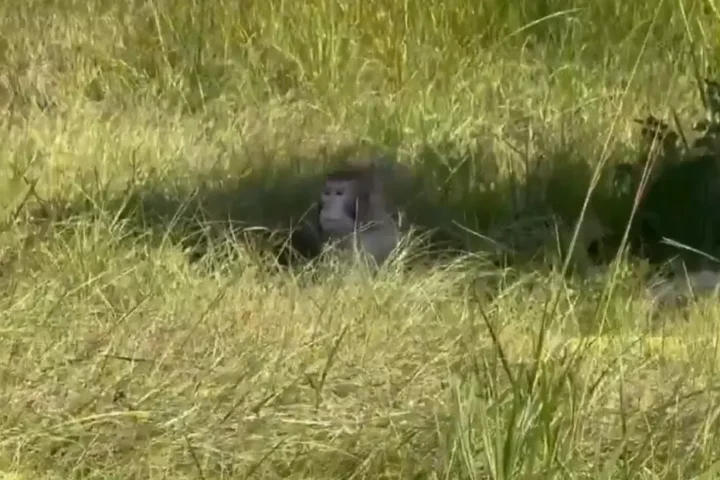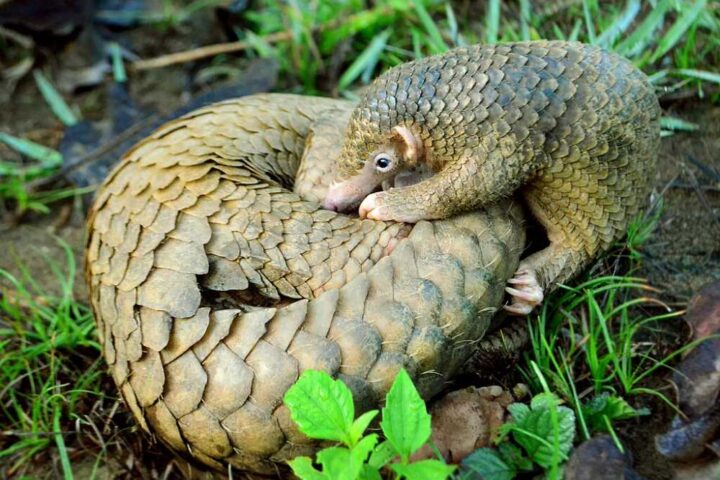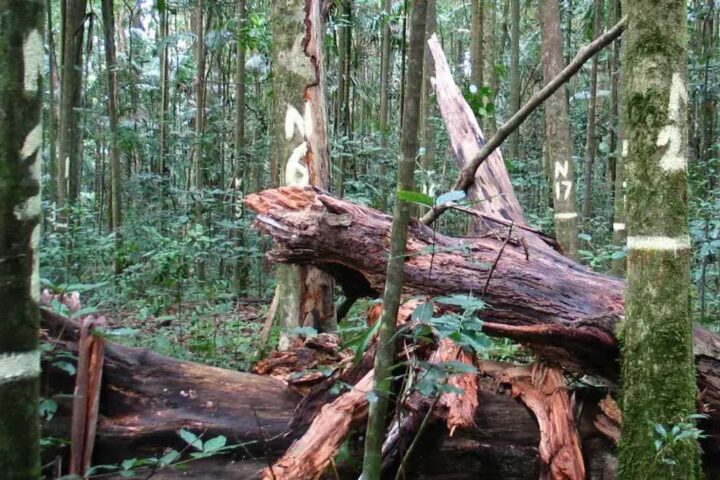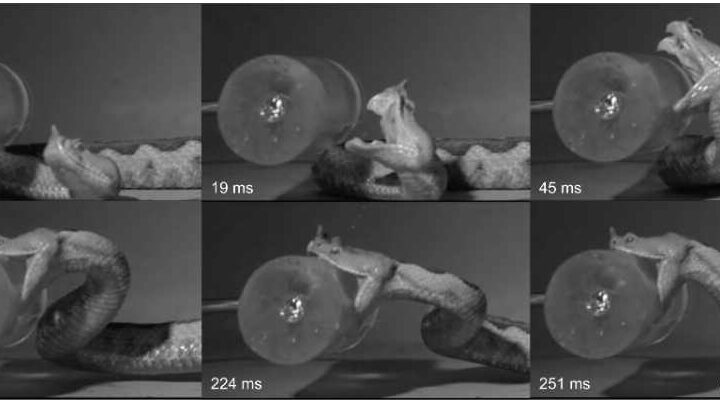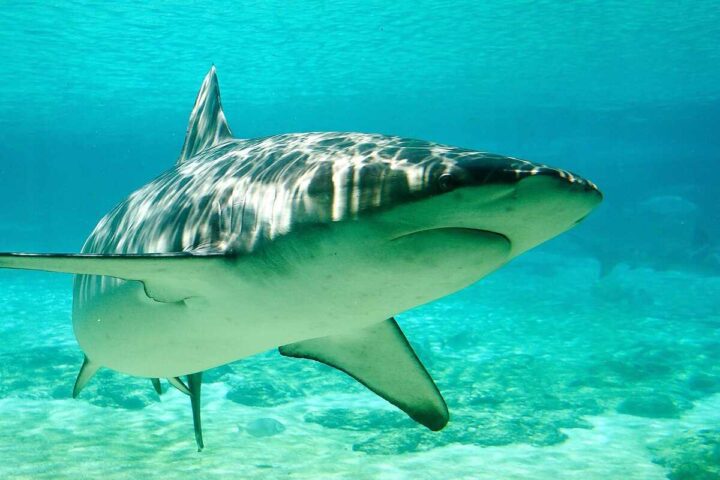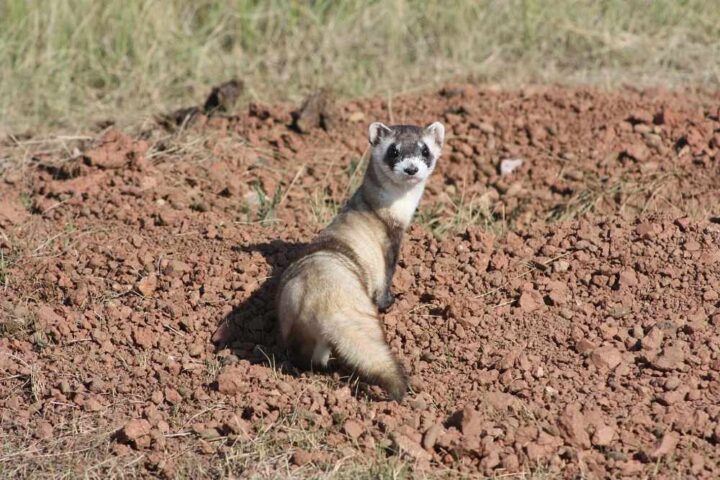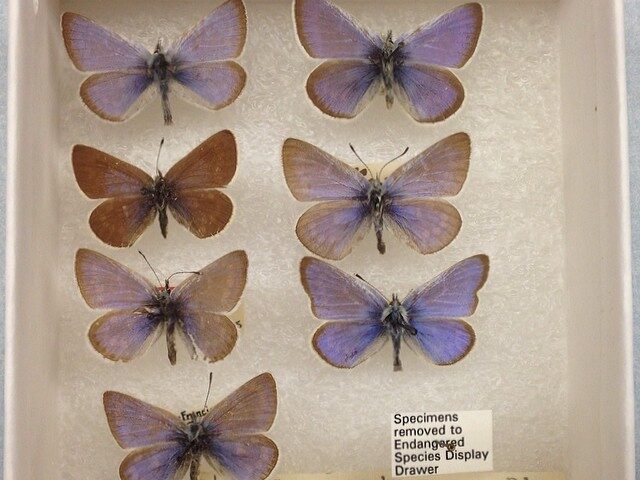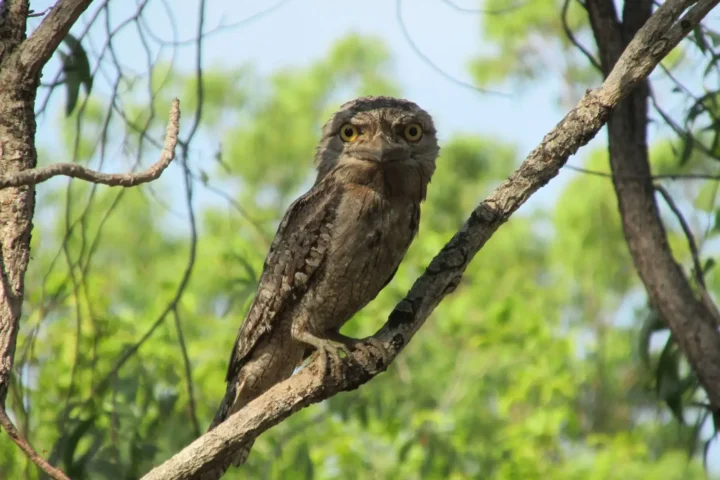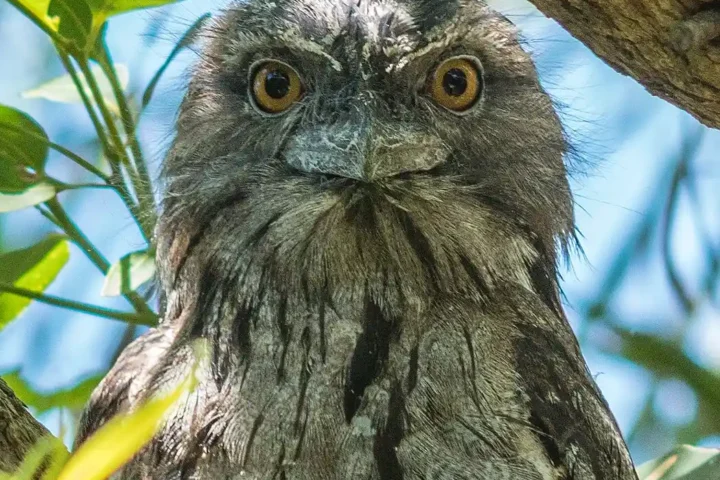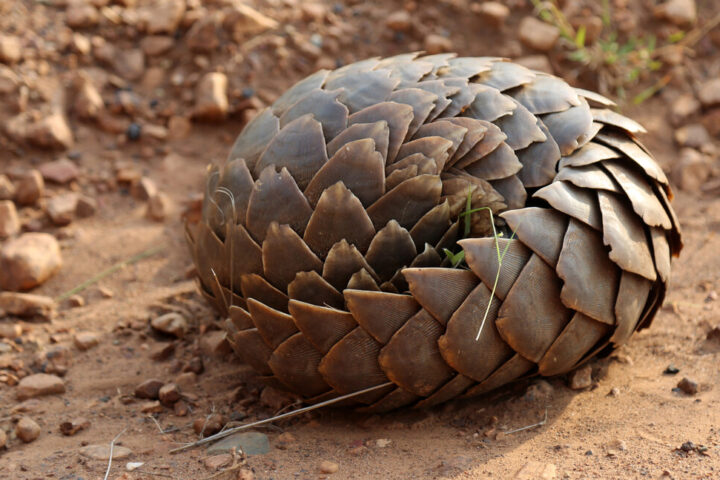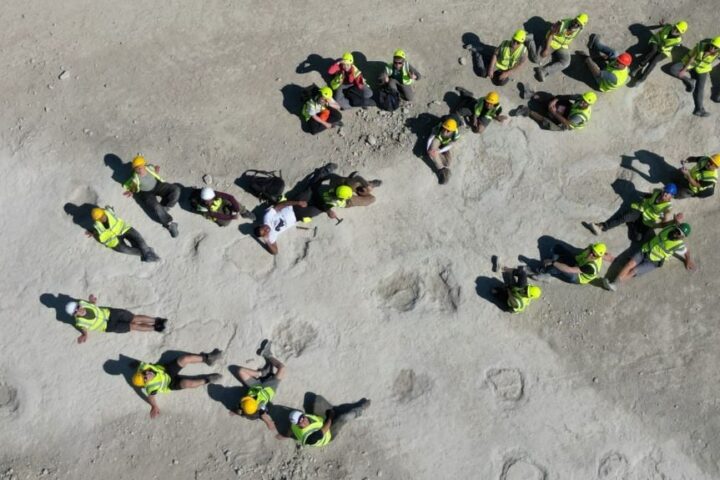A man identified as Robert Markel and his pet dog were reportedly killed in what might be Florida’s first documented fatal. The incident occurred on May 5, 2025 in a remote area south of Big Cypress Wildlife Management Area near Everglades City in Collier County, when authorities responded to a call around 7:07 a.m. after a family member witnessed a bear attack the dog.
What Happened?
Florida Fish and Wildlife Conservation Commission (FWC) officers and Collier County Sheriff’s deputies secured the area, setting traps and using aerial drones throughout the search operation. The victim’s granddaughter told a responding deputy that a bear killed Markel’s dog in the front yard of their property. When she went to check on Markel in his trailer, he was missing and the trailer was “in disarray.” Authorities later discovered Markel’s body approximately 100 yards from the trailer.
FWC spokesperson George Reynaud stated, “The bear involved may still be in the area as our officers continue to secure the perimeter. Out of an abundance of caution, we urge residents and visitors to remain vigilant and avoid the area.”
In response to the incident, FWC killed three bears in the area. DNA from these bears will be tested to confirm if any were involved in the attack. Testing at the University of Florida’s laboratory will determine if the bears were acting defensively or predatorily.
A Rare Tragedy in Context
This incident stands out against Florida’s bear attack statistics. Since record keeping began, the FWC has documented 42 incidents of black bear–human involvement with injuries. Until this incident, there had been no known human fatalities by a bear in Florida. The year 2022 saw the highest number of reported bear–human incidents, with seven cases recorded. In total, FWC has listed 39 incidents since 2006.
Florida’s black bear population has made a remarkable comeback. According to FWC, the population has rebounded from just several hundred bears in the 1970s to over 4,000 today, representing one of Florida’s most successful conservation efforts. The best scientifically valid population estimates from 2015 indicate there are approximately 4,050 bears statewide, with regional distributions including 120 in the West Panhandle, 1,060 in the East Panhandle, 496 in the North, 30 in the Big Bend, 1,198 in the Central, 98 in the South Central, and 1,044 in the South.
Understanding Bear Habitat and Behavior
Based on FWC’s 2020 range map, bears now occupy about 51% of Florida (74,769 km²). The frequent occurrence area covers 29% of Florida (40,661 km²), common occurrence covers 22% (34,108 km²), occasional occurrence covers 35% (51,420 km²), and rare occurrence covers 13% (19,876 km²).
Spring can be a challenging time for bears. When natural food sources are scarce, bears may move closer to human dwellings looking for calories, which can increase the chance of encounters.
Similar Posts:
Safety Guidelines When Bears Are Near
For those living in or visiting bear country, FWC recommends these safety measures:
- Store waste in bear-resistant containers and remove bird feeders at night
- Keep dogs leashed or in secure kennels; never leave pet food outdoors
- If you encounter a bear: don’t run, speak calmly, back away slowly, appear large, and if available, use bear spray aimed at the bear’s face. If attacked, “fight back aggressively” as “people have successfully fended off black bear attacks using rocks, sticks, or even their bare hands.”
- In emergencies, call 911 then FWC’s Wildlife Alert hotline
Legislative Background
Florida’s approach to bear management has evolved significantly. The state banned black bear hunting entirely in 1994, then authorized limited hunts with strict quotas in 2015. No bear hunting seasons have been open since 2015.
FWC regulations (Rule 68A-4.009, the Bear Conservation Rule) provide protections to the species. It is illegal to feed bears (F.A.C. 68A-4.001) or kill bears because they are deemed a ‘nuisance’.
The Investigation Continues
After setting up bear traps and using drones, K-9 units, and foot patrols to search a multi-square-mile perimeter, officials captured and euthanized bears for testing. The necropsy will examine the bears for wounds, analyze stomach contents, test for DNA from the dog and human victim, and assess the animals’ overall health.
While authorities continue to monitor the area, residents are advised to secure potential food attractants and report any bear sightings to FWC’s Wildlife Alert line.

Finding Balance
This tragedy highlights the delicate balance between conservation success and public safety. Florida’s black bears have bounced back from near-extinction, but as both human and bear populations expand, their paths cross more frequently. Infrastructure solutions like wildlife overpasses and underpasses and fencing have reduced vehicle collisions and bear mortality elsewhere, showing one way to respect wildlife corridors while keeping communities safe.
For those living near bear habitat, understanding wildlife behavior and taking proper precautions is essential. As we await final investigation results, this incident serves as a reminder that wild spaces require both appreciation and caution.n
